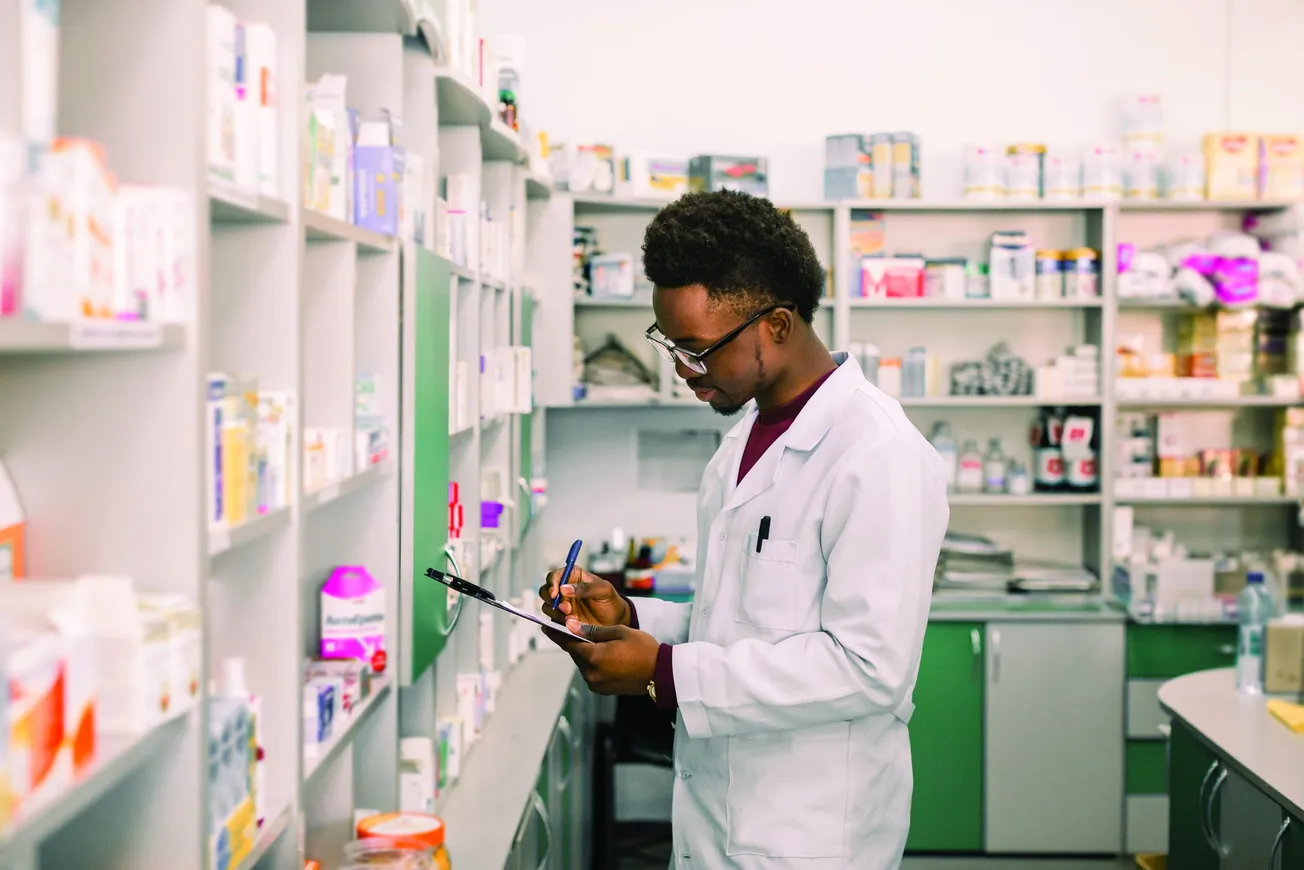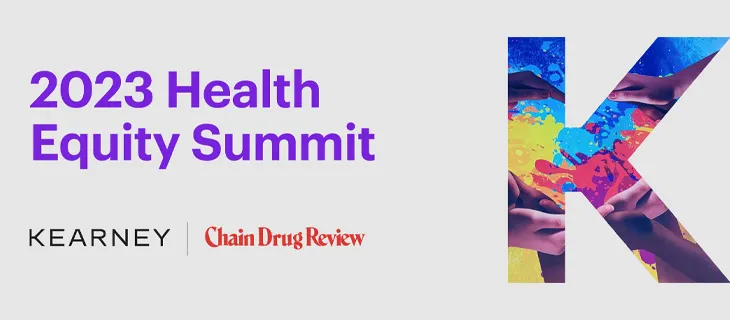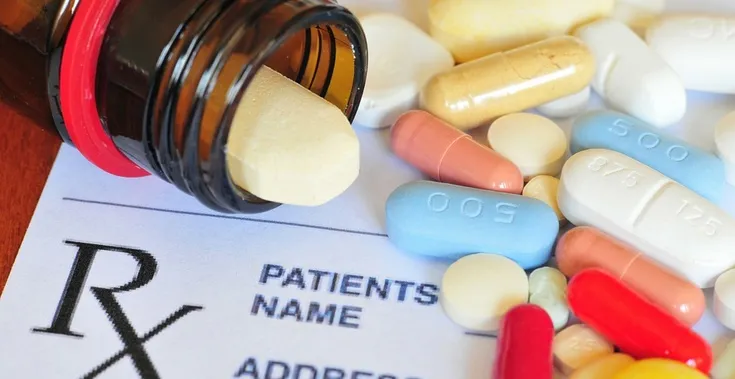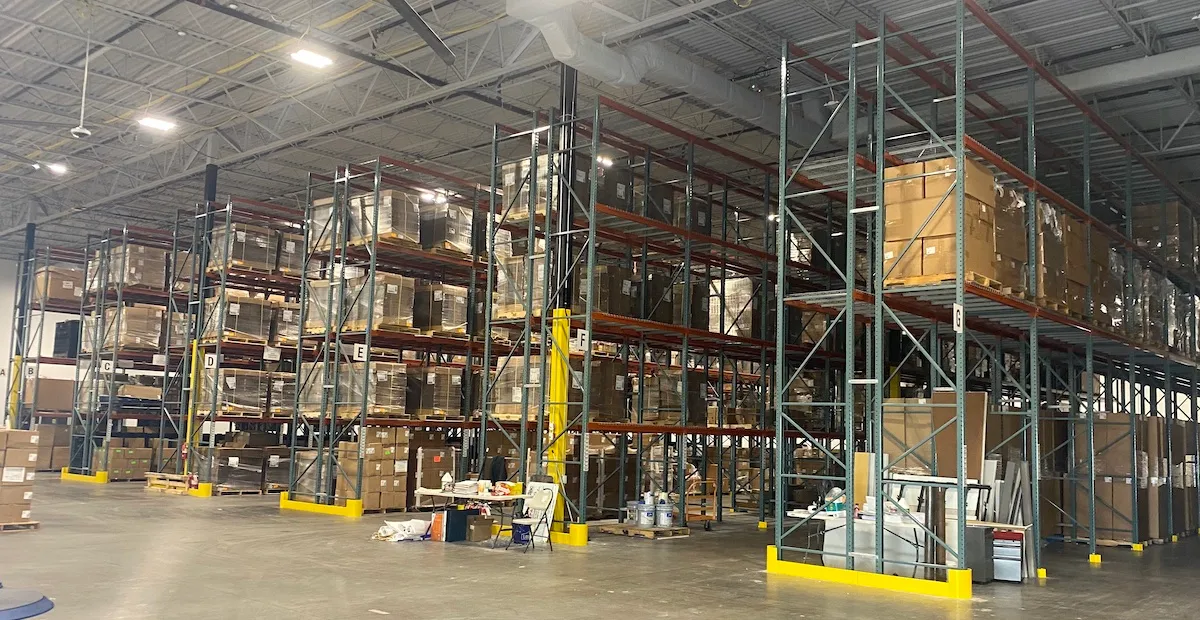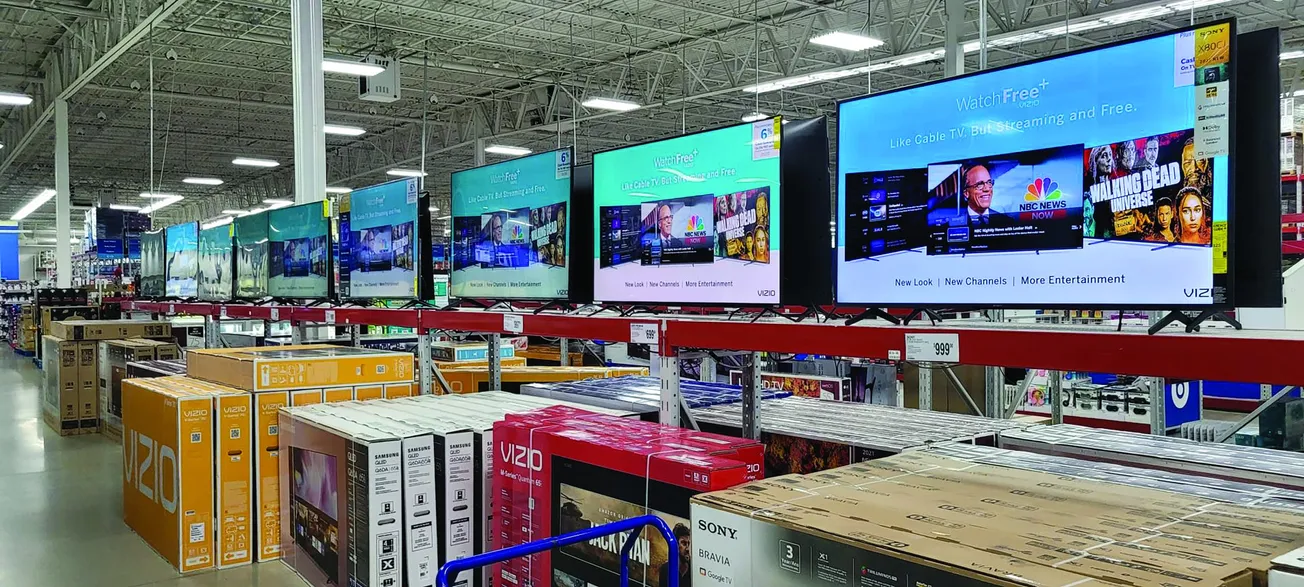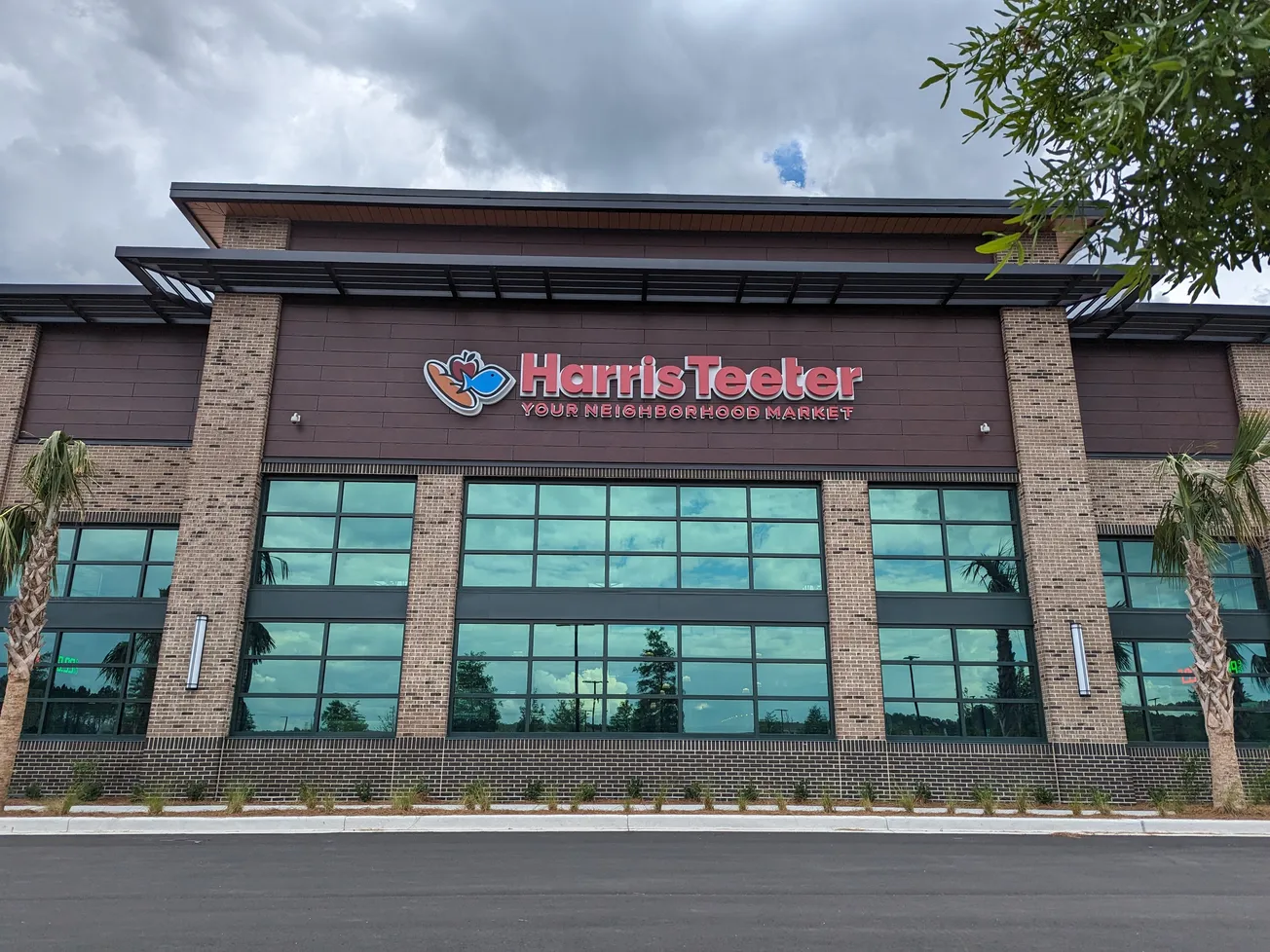It’s no secret that pharmacies and the health care professionals that staff them are under extreme pressure. Pharmacies face a daily challenge in keeping up with prescription demand, as they contend with shrinking profits and a diminishing number of staff willing to endure the demanding workload. Pharmacies are caught in a frustrating race, tirelessly running in place, only to be dragged downward by the questionable practices of PBMs and the absence of viable alternatives.

Samm Anderegg
The current pharmacy system is in an existential race pharmacies didn’t sign up for. As understaffed community pharmacies become bogged down providing care for their patients, they find themselves additionally burdened by the relentless PBM treadmill: contracts that offer little flexibility, opaque reimbursements and resistance when it comes to dispensing generics. What pharmacists love and are trained to do, patient care, is being crowded out by endless hours of paperwork and fighting clawbacks. It’s a system designed for pharmacies to fail.
If that situation wasn’t bad enough, the regulatory changes impacting DIR (direct and indirect remuneration) fees are now throwing one giant hurdle onto the track of pharmacy profitability. Pharmacies will be hit twice during the DIR transition period: the fees paid immediately at the point of sale in the new year and the fees still uncollected and unpaid from prescriptions from 2023. For cash-strapped pharmacies already struggling with diminishing profit and high overhead costs, this news paints an impossible road ahead.
Attempting to keep pace with the PBMs feels like barely running in place. Managing to overcome the burden of 2023 retroactive DIR fees with some scraped-together cash still leaves you limping. When you contemplate the looming 2024 point-of-sale DIR fees, you realize you have little left to give.
If the solution isn’t running faster or jumping higher, can pharmacies step off the treadmill and start on a new path altogether?
Survive and thrive with AI-powered automation
The future of pharmacy is already here, but only a few are actively capitalizing on it. There are a select number of pharmacies who are forging their own path as providers and have the profits to back it up. What we need now is for all 70,000 pharmacies in the U.S. to join the path to profitability and make the PBM treadmill obsolete.
Right now, there are pharmacies billing services to the medical benefit and getting paid meaningful dollars that impact their bottom line. Groundbreaking practice sites like Martin’s Pharmacy in Austin, Texas, have already taken control of their path to profitability with automation technology. Instead of leaving thousands of dollars on the table by not billing outpatient encounters, Martin’s employs AI auto-billing that identifies vaccine encounters and queues up claims for submission to the medical benefit. They earned $19,000 in net new revenue in their first month alone. Martin’s isn’t sitting back hoping they can keep up when 2024 rolls around; they are proactively setting themselves up for future success today.
Inject AI into your past and present workflows
Delivering vaccines to your community can pose significant challenges, and ensuring fair compensation should not pose additional difficulties. Solutions exist today that can both recover back-dated revenue and supply you with a seamless process moving forward. For example, at DocStation, our software can bulk process a report of past vaccine and medications dispensed events into unique medical claims for review and submission. This enables pharmacies to back-bill claims for encounters that occurred up to 12 months in the past based on timely filing windows specified by payers. Pharmacies looking for extra cash to ride out the DIR changes don’t need to look further than their own records.
Billing automation can also identify billable events in real time. While your pharmacists are focused on patient care, our software can detect when medications often associated with a service component (e.g., vaccines, new prescriptions, opioids, antibiotics) are dispensed and queue up medical claims for review and submission. Martin’s leverages this automation to bill over $10,000 of net new revenue a month, and they do it with confidence and peace of mind. Once submitted, DocStation follows each claim through the revenue cycle process, ensures accurate coding, and manages rejections/denials to achieve maximum reimbursement.
The formula(ries) for AI leverage
The opportunities to employ AI into pharmacy workflows are vast and growing. Take formulary optimization, for example. Community pharmacies have long dreamed of the ability to research all the nonpreferred drugs available to customers via their pharmacy benefit and have that information at hand. AI can do that research in minutes behind the scenes and cue up lower-cost recommendations at the point of care. Not only does this kind of automation lower costs for patients and pharmacies, it allows pharmacists to center on their skill of advising patients, not just transactional throughput.
AI offers significant assistance in addressing medication adherence flags as well; it can analyze patient data, including prescription records and refill patterns, and flag individuals at higher risk of nonadherence. By detecting early signs of nonadherence, such as missed refills or irregular medication pickup, pharmacists can proactively contact patients or health care providers for further attention. Comprehensive Medication Management (CMM) is proven to improve patient outcomes and health equity, and AI can operate CMM behind-the-scenes.
The road to the future of pharmacy is already paved
Gone are the days when pharmacies were bound to the relentless PBM hamster wheel. Now, every community pharmacy in the U.S. has the power to take control of its profitability through the utilization of AI. By circumventing PBMs, pharmacies can put an end to clawbacks, streamline workflow efficiency, and finally receive compensation for the exceptional care they already deliver. The future of pharmacy lies in prioritizing patients over pills, and the most efficient route towards that future is paved with purpose-built pharmacy technology.
Samm Anderegg is chief executive officer of DocStation.

